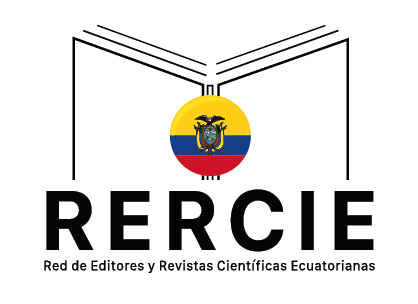Emotional vocabulary and its functioning in story of Alexander Ivanovich Kuprin “Swamp”
DOI:
https://doi.org/10.36097/rsan.v1i30.900Palabras clave:
emotive lexemes, non-emotional lexemes, philological analysisResumen
The article is devoted to the problem of using words of different parts of speech in a work of fiction, which call emotions in direct meaning. The method of structural and semantic analysis identified and described the emotive lexemes contained in the story of A.I. Kuprina “Swamp”. The number of emotional units has been determined by facilities of the part of speech, as a result of which it was established that emotive adjectives (102 units) are the most common in the analyzed story. The contexts of the using of words are systematized, among which the most numerous were those where words with denotative seme “emotion” are combined with non-emotional lexemes. Attention is paid to the peculiarities of the individual author's use of complex emotive adjectives. The theoretical significance of the results obtained is to identify the emotionally colored words in the story of A.I. Kuprin and their systematization by facilities of the part of speech; in clarifying of the meaning of the words of emotive semantics on the basis of their functioning in the language of a separate a work of fiction and in Russian language as a whole; in the description of contexts containing emotive vocabulary. The practical significance of the considered material is the possibility of applying of the results obtained in the practice of teaching the modern Russian language to a non-Russian audience and philological analysis of a literary text in scientific researches of this kind.
Citas
I.A. Goncharov, I.S. Turgenev, A.P. Chekhov. (2015). Ou Lucian. Semantic field "flower" in the language of Russian artistic prose of the second half of the XIX century. dis. ... …candidate of philology – M.
Vinogradov V.V. (1978). History of Russian linguistic teachings. - M .: Higher School.
Ozhegov S.I. (2010). Explanatory dictionary of the Russian language: about 100 000 words, terms and phraseological expressions. - M.: LLC “Onyx Publishing House”: LLC “Publishing House “Peace and Education”.
Dictionary of the Russian language. In 4 parts. Moscow, the Russian language, 1981-1984.
Matandare, M. A. (2018). Botswana Unemployment Rate Trends by Gender: Relative Analysis with Upper Middle Income Southern African Countries (2000-2016). Dutch Journal of Finance and Management, 2(2), 04.
Lubensky, S. (2002). New explanatory dictionary of synonyms of the Russian language, vol 2.
Sokolova O.V. (2017). Cognitive mechanism and communication strategies of discourses active impact. Questions of cognitive linguistics. №3, p.19-30.
Gamaley T.V. (2011). Functional approach to the structural-semantic modeling as a principle for the description of language material. Bulletin of the Dagestan State University. Edition 3. Philology. - Makhachkala, P.70-75.
Golovanova E.I., Kovaleva O.N. (2017). Cognitive mechanisms of the compression of the evaluation sense in the artistic text. Questions of cognitive linguistics. №3, - p.31-36.
Mirzoeva, V. (2012). The parable character of the story “The Temptation” by A. Kuprin. Bulletin of the Dagestan State University. Edition 3. Philology. - Makhachkala, p. 131-136
Descargas
Archivos adicionales
Publicado
Cómo citar
Número
Sección
Licencia
 Esta obra está bajo una Licencia Creative Commons Atribución-NoComercial-SinDerivadas 4.0 Internacional (CC BY-NC-ND 4.0).
Esta obra está bajo una Licencia Creative Commons Atribución-NoComercial-SinDerivadas 4.0 Internacional (CC BY-NC-ND 4.0).
















